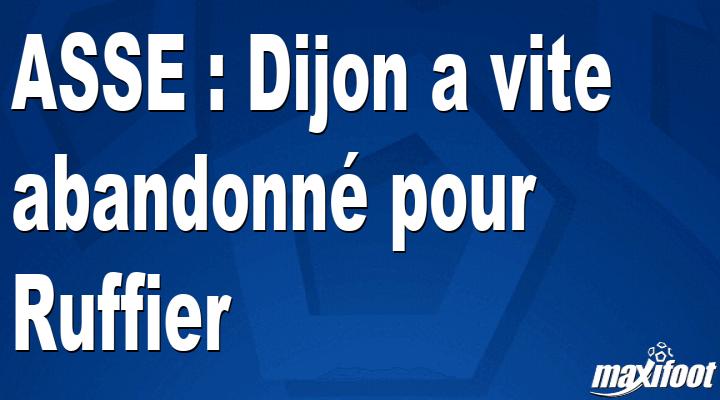Head of the Special Commission, party association “For Development / For!” Ilmārs Dūrītis, representing the commission, reminded the deputies working in the commission that funding for higher education in Latvia has been insufficient for many years and is the lowest in the Baltic States. As a result, educational institutions are forced to manipulate the number of students in order to continue receiving state funding, but the quality of teaching suffers. “We can conclude that quantity, not quality, dominates now,” says I. Dūrītis.
He points out that Due to the demographic situation, the number of students in Latvia is still decreasing, at the same time the supply of higher education study programs exceeds the real demand. Higher education institutions compete with each other for each student, do not increase tuition fees at least to the level of cost and, consequently, are unable to improve the quality of studies, the deputy says. Fully publicly funded studies could be the key to excellence in higher education.
Therefore, the commission will in the near future discuss the possibilities of establishing a higher education financing system that will promote the pursuit of quality by higher education institutions and their teachers.
On the other hand, students will only need to study well in order to maintain their place in a higher education institution. In turn, so that they do not have to spend time working alongside their studies, the commission is also thinking about social support for students and worthy scholarships.
Such an idea is highly appreciated by the Chairman of the Latvian Rectors’ Council Rūta Muktupāvela. She pointed out that free higher education would open up opportunities for gifted but poorer young people to study, but a decent scholarship provided by the state would give students the opportunity to study.
“Focus on the quality of studies, not on meeting biological needs”.
The Council representative also considers that the current system, where students have to compete for budget places, does not promote the quality of studies, as mutual competition hinders the creation of a cohesive team. In addition, available higher education could facilitate re-emigration and curb emigration, the expert believes.
R. Muktupāvels only regrets that Latvia has addressed this issue so late, thus reducing regional competitiveness. “Estonia was able to move to such a model, Lithuanians will implement it in the near future, we are dragging its tail again,” summed up the head of the Rectors’ Council.
In parallel, the Saeima Education and Science Commission continues work on amendments to the Law on Higher Education Institutions. So far, MEPs have conceptually agreedthat the amendments to the Law on Higher Education Institutions will stipulate that higher education institutions are higher education institutions and scientific institutions that implement academic and professional study programs, as well as carry out scientific activities and engage in artistic creativity. It is also planned to determine that there are three types of higher education institutions – universities of science, universities of applied sciences, universities of arts and culture.
Members also agreed on the definitions and tasks of these types of universities.
The first disagreements with the Rectors’ Council have also appeared. Namely, a discussion has arisen about the tasks of science universities in achieving the goals set for them. In particular, there is controversy over the norm that universities of science provide not less than 4,000 students.
The Secretary General of the Rectors ‘Council Jānis Bernāts has pointed out that the Rectors’ Council did not initially support the determination of such a quantitative indicator, as it directly affects two higher education institutions – Liepāja and Daugavpils Universities. He also emphasized that there was no justification for this figure, nor had an “exit strategy” been developed for those higher education institutions that would not reach the statutory number of students.
–


